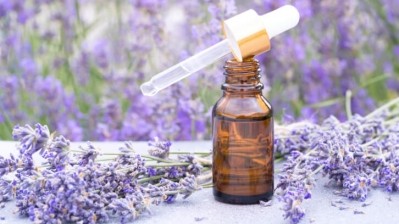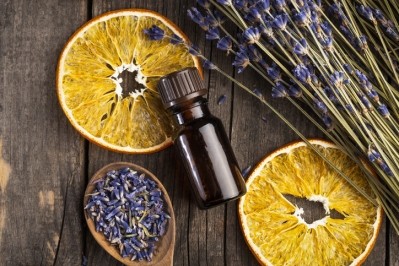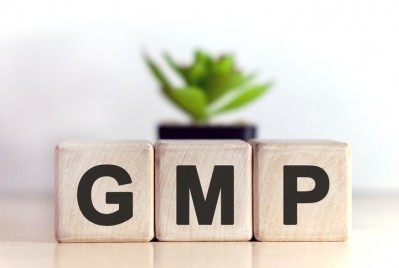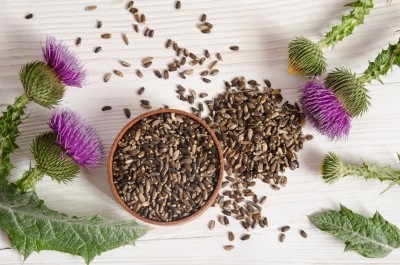Majority of lavender products on market adulterated in some way, BAPP bulletin reveals
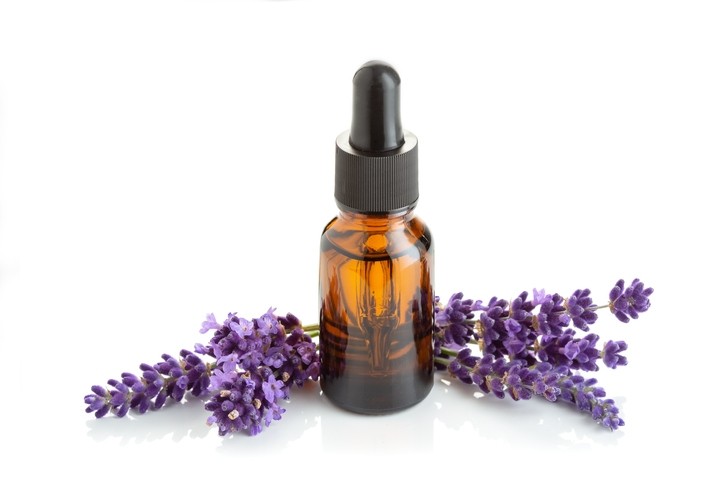
BAPP technical director Stefan Gafner, PhD, who is also the chief science officer of the American Botanical Council, said that figure was a surprise even to him. Gafner had experience with sourcing lavender essential oils during a long career with the natural personal care products manufacturer Toms of Maine.
“It depends on what you consider to be ‘adulteration.’ For example, if you look at the average soap, shampoo or body lotion that says ‘lavender’ on the label, there is no real lavender in there,” Gafner told NutraIngredients-USA.
The bulletin, which was written by Ezra Bejar, PhD, is, like the other BAPP bulletins, meant to alert the market to the issue. It contains information about the production of true lavender essential oil. It also details where the plants are grown and a breakdown of the expected constituents of an unadulterated product. It does not, however, contain in depth information on testing methods; that kind of detail is reserved for the BAPP lab guidance documents.
Ingredient prized for calming properties
Lavender essential oil has a long history of use as a fragrance and aromatherapy ingredient. It is also used a flavor ingredient and/or bioactive constituent in ingestible products. From a health perspective, lavender essential oil is mostly used as a mood support agent, prized for its calming properties.
Lavender (Lavandula angustifolia Mill.) is a perennial shrub native to the Mediterranean region. It has been cultivated for many years in France, which is still a major producer with 26% of the market. But another of the surprising findings in the bulletin is that Bulgaria is now far and away the world’s leader with 52% of the global market. Bulgaria passed France in 2014 and has been expanding acreage year over year. The bulletin states there are now about 1,600 farms in Bulgaria involved in the trade. Other producers include China, with 12% of the market, and England, Russia, Yugoslavia, Australia, United States, Canada, South Africa, Tanzania, Italy, and Spain dividing up the remainder.
Like any essential oil, lavender is produced via a distillation process. The flowers of the plants are steamed to release the volatile components. This means only a tiny fraction of the plant by weight ends up in the finished product, which accounts for its high cost. And that also accounts for the impetus to find ways to cut that raw material cost while still charging a high price on the market.
Oil from hybrid one of the confounding factors
According to the bulletin, true lavender essential oil competes on the market with products made from lavandin, a hybrid that produces more of the volatile components than does true lavender. From a fragrance perspective that might not matter much.
“But I have had aromatherapists tell me that it is very important to distinguish between lavender and lavandin,” Gafner said.
“Over the course of my tenure at ABC, several lavender growers and lavender oil manufacturers have raised concerns about the presence of relatively low-cost, adulterated materials in the marketplace. We hope that this new bulletin will be a useful educational resource for everyone with interest in the quality of lavender oil,” he added.
Mark Blumenthal, founder and executive director of ABC said the rise of interest in essential oils has made the adulteration of these ingredients an ever more pressing issue.
“There has been a surge in interest in the United States and worldwide in the personal and household uses of essential oils, with lavender being one of the most popular. The existing scientific literature and BAPP’s new research indicate that a significant amount of what is sold as ‘lavender oil’ in the marketplace is adulterated with undisclosed, lower-cost ingredients. As in all cases of botanical ingredient adulteration, industrial buyers are urged to employ significant caution and robust analytical methods to determine the proper identity and authenticity of material being considered for purchase for use in finished products,” Blumenthal said.
Besides lavandin, among the other common adulterants found in lavender essential oil products are other essential oils rich in linalool and linalyl acetate (such as oils derived from a related species known as spike lavender or other botanicals entirely such as rosemary), terpenes and synthetic versions of linalool and linalyl acetate.
Gafner said it’s probably true that few consumers know what real lavender essential oil smells like as they have been trained to the smell of these admixtures that are so common on the market.
BAPP partners
BAPP is a joint effort between ABC, the lead partner, and the American Herbal Pharmacopoeia and the National Center for Natural Products Research at the University of Mississippi. Gafner said the next bulletin that is in the works will be on milk thistle. That publication is now out for peer review, he said.
